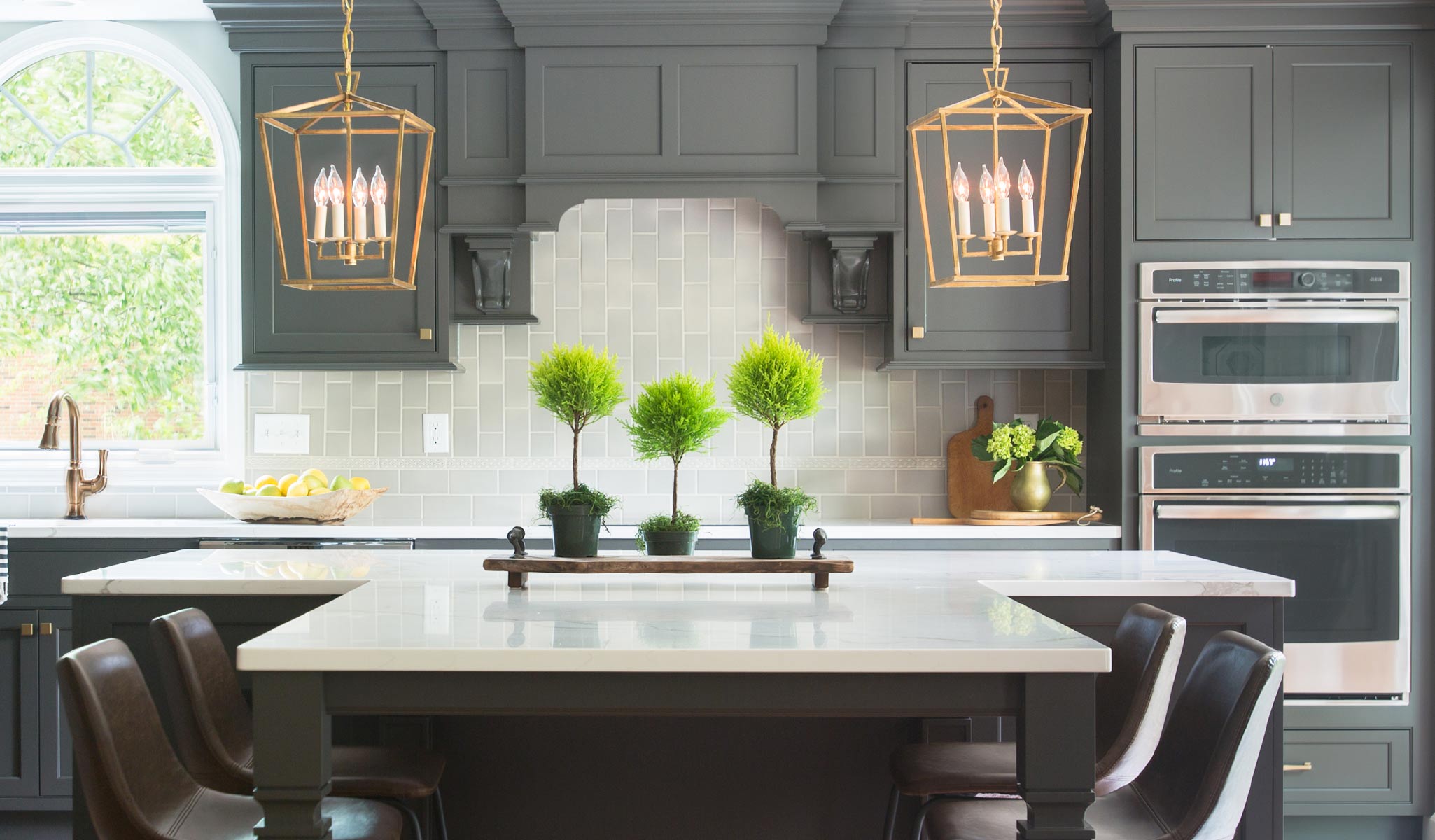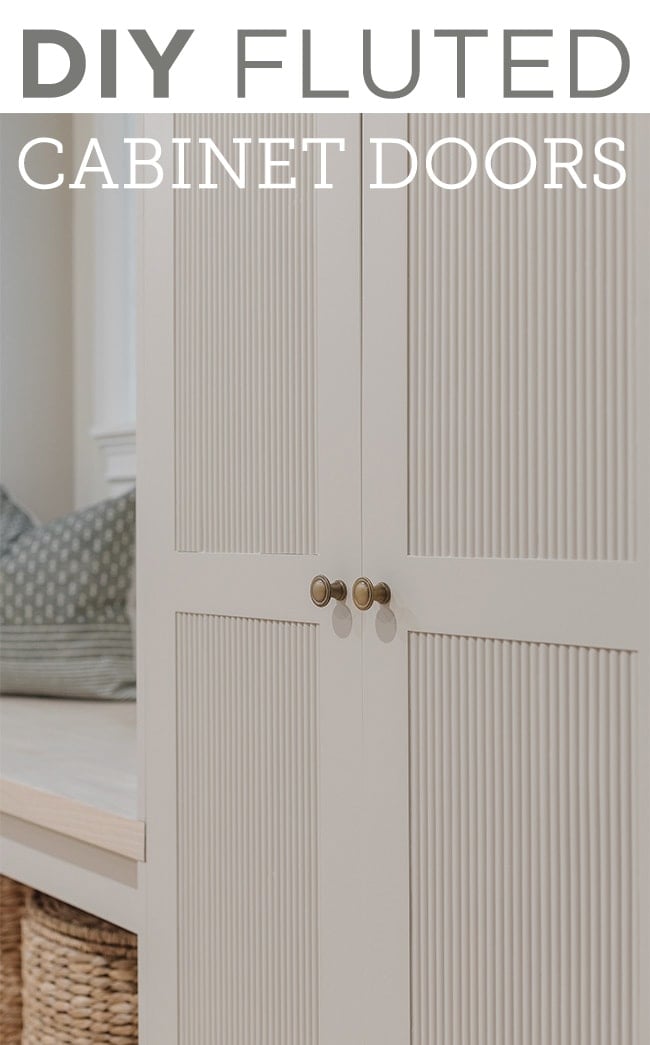Featured
In home style, door placement frequently takes a backseat to bigger architectural decisions, yet it plays a critical role in forming exactly how a home operates and really feels. Correct door positioning guarantees that spaces are efficient, aesthetically pleasing, and favorable to a comfy way of life. Below's a comprehensive look at the scientific research behind door positioning and why it is entitled to even more attention in the style process.
Doors are the gateways that link one room to one more, and their placement ought to promote smooth activity throughout the home.
Secret Considerations:
Sensible Pathways: Placement doors to line up with natural traffic patterns. For example, a cooking area door must supply straight access to the dining area to improve daily regimens.
Reducing Barriers: Avoid putting doors where furnishings or architectural aspects may obstruct their swing or create bottlenecks.
Transitions: Use doorways to note changes in between personal and public locations, such as corridors resulting in bed rooms.
The positioning of doors can considerably affect exactly how light and air distribute within a home, adding to its overall setting and power efficiency.
Positioning Techniques:
Cross-Ventilation: Location doors other openings or opposite home windows to promote airflow, particularly in cozy environments.
Sunlight Optimization: Think about the alignment of outside doors to capture early morning or mid-day light, lightening up insides normally.
Glass Doors: Utilize doors with glass inserts to permit light to filter with, improving illumination in nearby spaces.
Tactical door placement is important for maintaining personal privacy in crucial locations without jeopardizing ease of access.
Best Practices:
Bedrooms and Bathrooms: Placement these doors far from high-traffic areas like living kitchens or rooms to create a sense of retreat.
Visitor Locations: For homes with visitor suites, doors ought to provide both very easy accessibility and privacy for visitors.
Main Entrance: The front door ought to provide direct access to typical locations without exposing way too much of the home's interior.
Beyond functionality, doors play a considerable role in the visual coherence of a room. Their positioning and layout need to improve the home's visual charm.
Layout Tips:
Proportion and Equilibrium: Line up doors symmetrically in shared areas like hallways to develop a feeling of order.
Focal Points: Use grand entrance doors or special layouts as aesthetic highlights.
Uniformity: Match door designs and finishes throughout the home for a natural appearance.
Door placement can influence a home's energy effectiveness by regulating warm circulation and insulation.
![]()
Energy-Saving Techniques:
Protected Doors: Usage well-insulated outside doors to lower power loss.
Wind Security: Setting major doors far from dominating wind directions or use vestibules to reduce drafts.
Zoning: Use doors to section off areas of the home for targeted heating or cooling.
![]()
In numerous societies, the placement of doors carries symbolic significance and can affect just how a home is perceived.
Examples:
Feng Shui: In this tradition, the front door's positioning affects the circulation of "chi" or energy, with guidelines emphasizing openness and balance.
![]()
Directional Placement: In Vastu Shastra, an ancient Indian style approach, door orientation is thought to influence prosperity and harmony.
Entry Statements: Grand entrances or delicately created doors can signal heat and friendliness.
Final Thoughts
Door placement is both an art and a science. When prepared appropriately, doors come to be extra than just entrance factors; they form the whole living experience.
- Enhancing Spatial Circulation
Doors are the gateways that link one room to one more, and their placement ought to promote smooth activity throughout the home.
Secret Considerations:
Sensible Pathways: Placement doors to line up with natural traffic patterns. For example, a cooking area door must supply straight access to the dining area to improve daily regimens.
Reducing Barriers: Avoid putting doors where furnishings or architectural aspects may obstruct their swing or create bottlenecks.
Transitions: Use doorways to note changes in between personal and public locations, such as corridors resulting in bed rooms.
- Taking Full Advantage Of Natural Light and Air Flow
The positioning of doors can considerably affect exactly how light and air distribute within a home, adding to its overall setting and power efficiency.
Positioning Techniques:
Cross-Ventilation: Location doors other openings or opposite home windows to promote airflow, particularly in cozy environments.
Sunlight Optimization: Think about the alignment of outside doors to capture early morning or mid-day light, lightening up insides normally.
Glass Doors: Utilize doors with glass inserts to permit light to filter with, improving illumination in nearby spaces.
- Stabilizing Privacy and Access
Tactical door placement is important for maintaining personal privacy in crucial locations without jeopardizing ease of access.
Best Practices:
Bedrooms and Bathrooms: Placement these doors far from high-traffic areas like living kitchens or rooms to create a sense of retreat.
Visitor Locations: For homes with visitor suites, doors ought to provide both very easy accessibility and privacy for visitors.
Main Entrance: The front door ought to provide direct access to typical locations without exposing way too much of the home's interior.
- Aesthetic Integration
Beyond functionality, doors play a considerable role in the visual coherence of a room. Their positioning and layout need to improve the home's visual charm.
Layout Tips:
Proportion and Equilibrium: Line up doors symmetrically in shared areas like hallways to develop a feeling of order.
Focal Points: Use grand entrance doors or special layouts as aesthetic highlights.
Uniformity: Match door designs and finishes throughout the home for a natural appearance.
- Power Efficiency Factors To Consider
Door placement can influence a home's energy effectiveness by regulating warm circulation and insulation.

Energy-Saving Techniques:
Protected Doors: Usage well-insulated outside doors to lower power loss.
Wind Security: Setting major doors far from dominating wind directions or use vestibules to reduce drafts.
Zoning: Use doors to section off areas of the home for targeted heating or cooling.

- Symbolic and social Influences
In numerous societies, the placement of doors carries symbolic significance and can affect just how a home is perceived.
Examples:
Feng Shui: In this tradition, the front door's positioning affects the circulation of "chi" or energy, with guidelines emphasizing openness and balance.

Directional Placement: In Vastu Shastra, an ancient Indian style approach, door orientation is thought to influence prosperity and harmony.
Entry Statements: Grand entrances or delicately created doors can signal heat and friendliness.
Final Thoughts
Door placement is both an art and a science. When prepared appropriately, doors come to be extra than just entrance factors; they form the whole living experience.
Latest Posts
Learn About Oil Changes & More: Full Services Guide from Montclare Auto Repair
Published May 28, 25
1 min read
Discover Special Auto Repair Specials in Chicago at Montclare Auto Repair
Published May 26, 25
1 min read
Discover Montclare Auto Repair’s Highly Requested Car Care Solutions and Why Drivers Rely On Them
Published May 26, 25
1 min read
More
Latest Posts
Learn About Oil Changes & More: Full Services Guide from Montclare Auto Repair
Published May 28, 25
1 min read
Discover Special Auto Repair Specials in Chicago at Montclare Auto Repair
Published May 26, 25
1 min read
Discover Montclare Auto Repair’s Highly Requested Car Care Solutions and Why Drivers Rely On Them
Published May 26, 25
1 min read